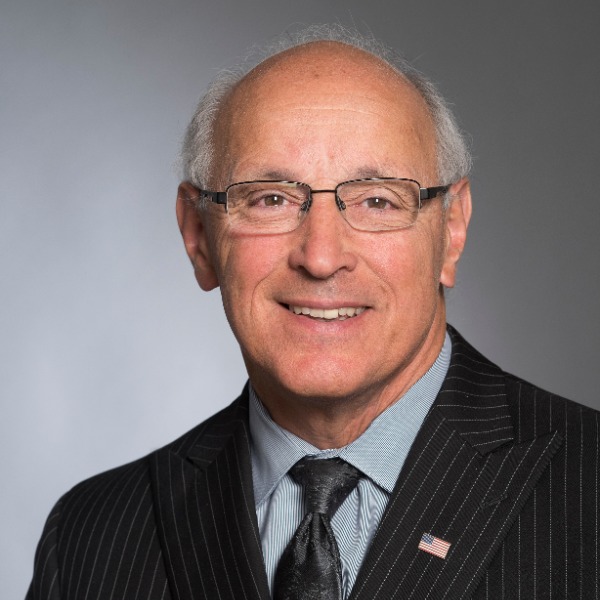Louis W. Spiotti, Jr.

1. How do I Teach Applied Critical Thinking?
I find myself in a unique position as a person who was once a coach but now is coaching student-athletes through the work of others. In a sense I am the coach of coaches. I feel that coaching is teaching at the highest level in that the final results (grades) are manifested on the scoreboard for everyone to see and in the news for everyone to read. Teaching the skills and knowledge to operate in a highly competitive environment allows for the opportunity to challenge thought and decision making. Like any other discipline one does not start from “scratch”. Coaches build upon previous learning experiences so they can teach new and/or advanced strategies, plays, defenses, etc. The teaching occurs on the field of play (practice), in a classroom situation or through the use of visual aids.
2. Why do you think Critical Thinking is Important to Your Domain?
The ability to adjust to different circumstances presented in the flow of competition is absolutely critical to success as an athlete. They (student-athletes) are taught offensive, defensive and special team’s plays and patterns. They are adjusted from week to week in order to address strengths and weaknesses of the opponent. Through the week these plays and schemes are drilled and challenged in order for them to become nearly instinctive. That said, it has to be understood that the opponent may alter or modify their approach as well. This will challenge athletes to be able to think critically and under pressure to make changes in the spur of the moment.
3. Can you share a story where Critical Thinking was a key to your success?
As called out in the first paragraph, I indirectly impact team and program success via the decisions I make and the data that is used to arrive at the decisions. Choosing a coach is both a science and an art. I have developed a plan over the years that calls for the use of data and content that are considered ingredients in the selection process. The equation has been most successful. However, there are times when I call upon my team and students to challenge my practices, provide alternate ways of addressing the issues at hand. I’m pleased to say that this critical way of thinking has allowed us to grow in very positive ways.
4. How do I use critical thinking in other aspects of my life outside of RIT?
I have always been a person who has carefully managed my finances. Early on I joined an organization that taught me how to invest in stocks and mutual funds. I embraced this process and became a very successful investor. It happened in two ways. Analyzing stocks and funds based on their long term performance and slowly investing in those chosen in a slow and methodical way using those that offered dividend re-investment programs (DRIPS). Over time, small initial investments grew through continuous dollar cost averaging and re-investment. If I were to guide anyone wishing to seek financial security over the long term, it would be this approach.
5. Any last critical thoughts?
Critical thinking to me is challenging the norm. Pushing beyond one’s boundaries. Success and winning in the sports arena is predicated upon one’s willingness to “go the extra mile”!